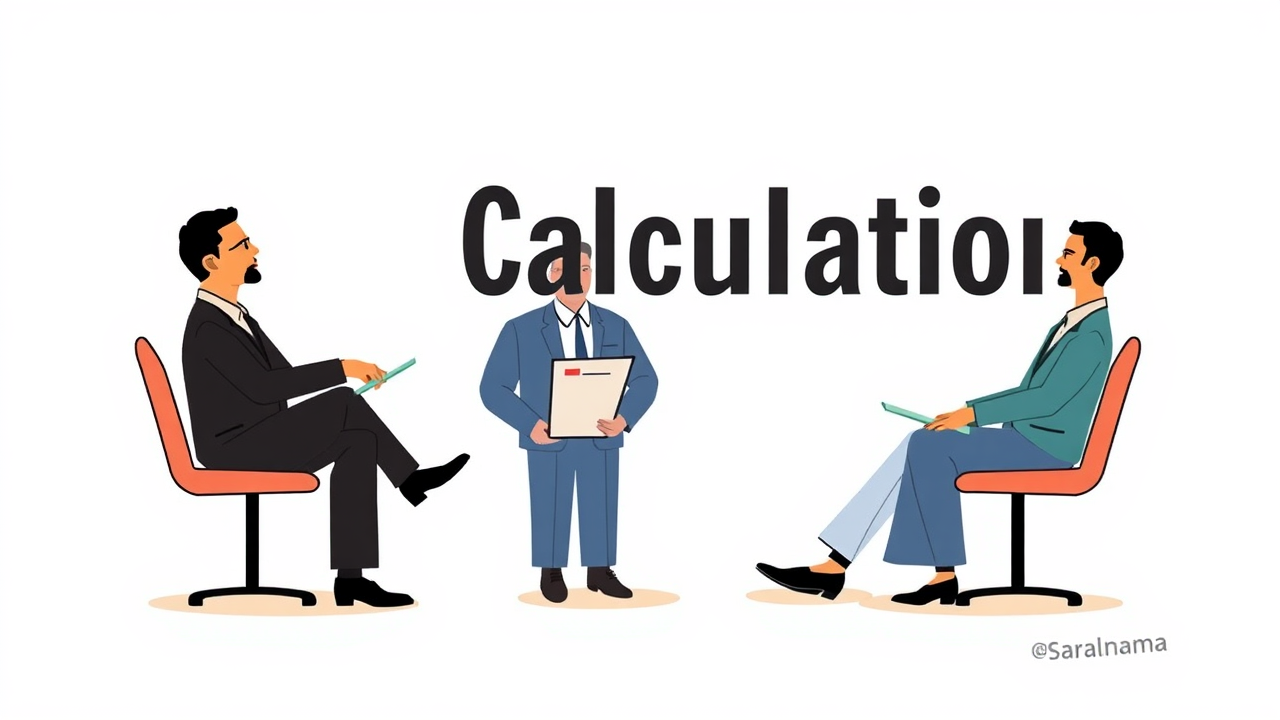The Mahagathbandhan, a seven-party coalition in Bihar, has centered its campaign around jobs and change, challenging Nitish Kumar's 20-year tenure as Chief Minister. The alliance's success depends on whether the principal party, RJD, can expand beyond its Muslim-Yadav base. To achieve this, RJD partnered with the Vikassheel Insaan Party, which represents the Nishad community, and the Indian Inclusive Party, claiming support among Tanti-Paans. The coalition projects Tejashwi Yadav as its chief ministerial face, positioning him as a young, vibrant alternative to Nitish Kumar. Meanwhile, the NDA maintains a broader umbrella covering upper castes, EBCs, Kushwahas, and Dalits. The election outcome will hinge on whether the Mahagathbandhan's caste calculations translate into electoral success, particularly among the decisive 36.01% EBC population. Friday's results will reveal if Tejashwi's appeal and coalition arithmetic can overcome Nitish's established political capital.

Caste Calculations and Coalition Partnerships
The Extremely Backward Classes constitute 36.01% of Bihar's population, covering 113 groups, and are the decisive factor in elections. With 10.5% of EBCs being Muslims, the Hindu groups known as "panchpania" hold significant sway. The Mahagathbandhan brought in Mukesh Sahani's VIP, which commands support among 9.6% Nishad or riverine EBCs, especially the 2.6% Mallahs. VIP is contesting 12 seats. The Indian Inclusive Party under I P Gupta secured three seats, banking on support from Tanti groups, which comprise about 1.7% of the population. Despite modest numbers, Gupta's public meetings drew large crowds in Patna's Gandhi Maidan, making his party relevant in constituencies like Saharsa and Jamalpur.
Source: Link
